Breast milk stains and baby formula stains are not seen at the early stages, but once they are visible, they are not easy to remove. Therefore, are you finding it hard to remove this stubborn stain from your cloth? Continue reading this piece for more info.
You can use different ways to remove breast milk and baby formula stains from your clothes. They include using stain removers and detergents such as dish soap, lemon juice, and baking soda.
How to Remove Breast Milk Stains From Clothes
Are you prepared to remove those disturbing stains? Put on your gloves, roll up your sleeves, and follow these seven straightforward methods to get rid of even the worst breast milk stains.
Step 1: Rinse breast milk off
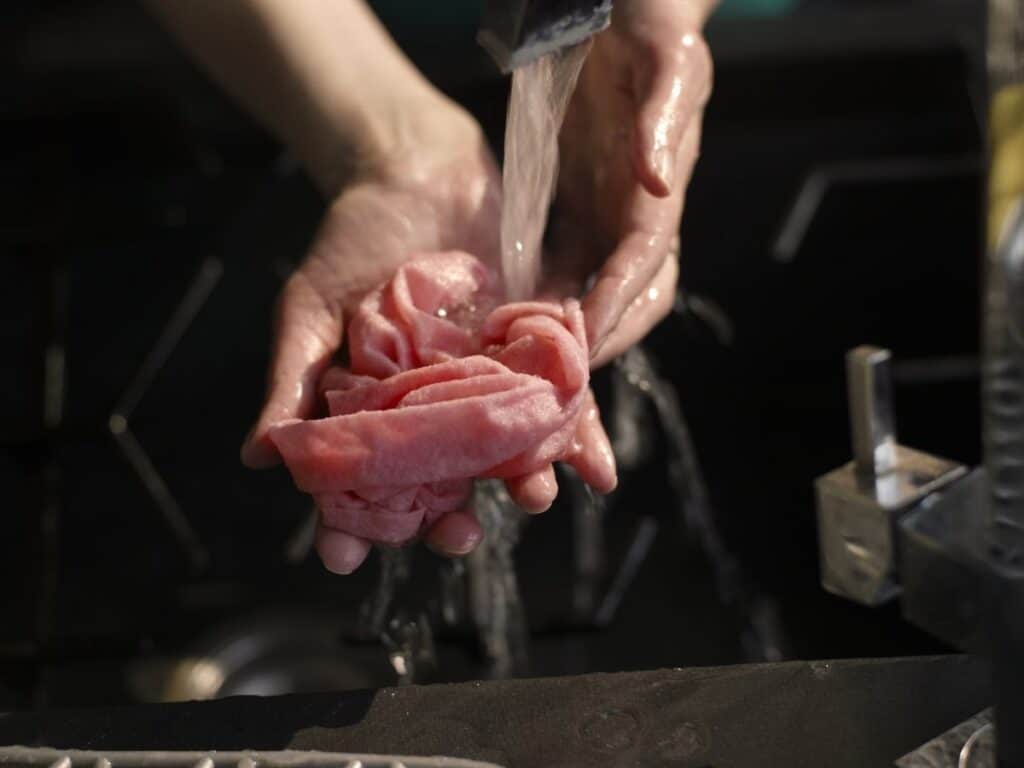
You will offer your clothing the best opportunity to resist stains by immediately washing off any spilled or leaky breast milk. To stop the stain from setting, soak the item in cold water.
When you’re out and about, it’s a good idea to include an extra wet bag in your diaper bag so you can wash your clothes.
Step 2: Spray with stain remover
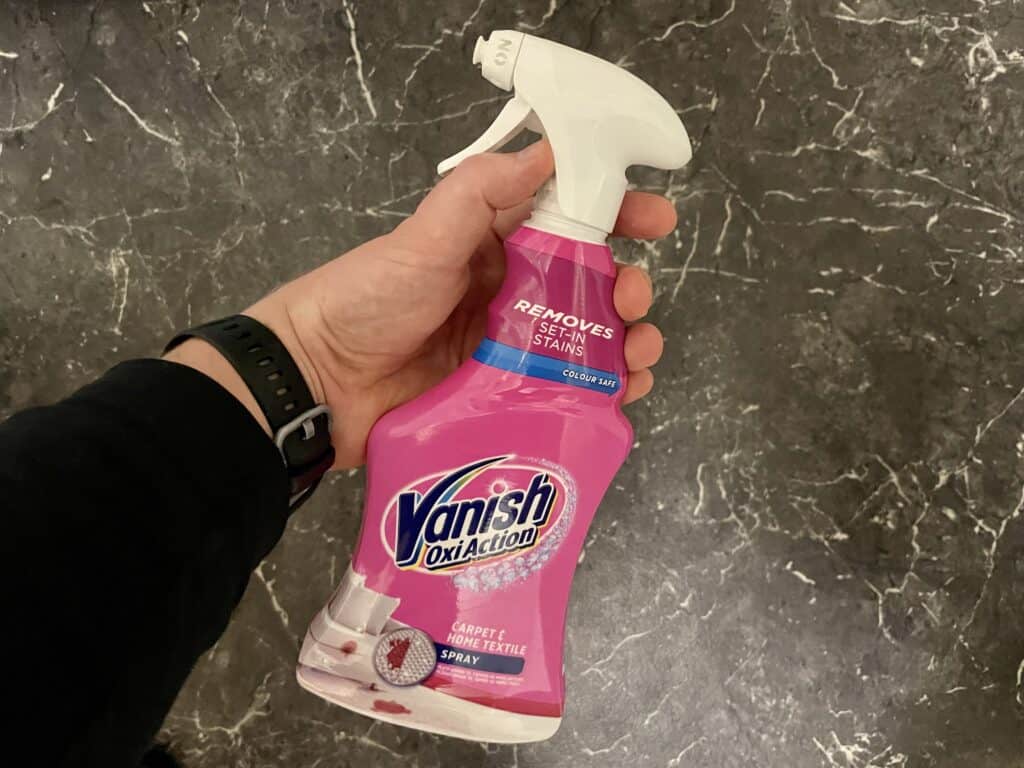
The secret to stain removal is pretreatment. Spray the affected area with your preferred natural or synthetic stain remover after rinsing your clothes item.
You can use either of the stain removers below (Please note that these are paid links to Amazon):
Natural Stain Removers
Use one of these natural stain removers if you wish to reduce the exposure of your family to harmful chemicals:
Buncha Farmers Stain Stick: Saponified coconut oil and borax are used to make this all-natural, green stain remover. You can either wipe the stick on the stain directly or create a spray by grating it into hot water.
Lemon juice: Since lemon juice contains acetic acid, it has a natural bleaching effect and is an excellent choice for white garments.
Hydrogen peroxide: An excellent bleach alternative that removes even the toughest stains is hydrogen peroxide. Additionally, it is environmentally safe.
Synthetic Stain Removers
One of these chemical stain removers might be suitable for you if you’re not very concerned about chemicals and just want something quick and easy:
Fels Naptha Laundry Bar: Some parents believe that Fels Naptha works like magic to remove stains. In addition to being a cheap stain preventative, it has a number of other domestic applications, including the treatment of mildew, carpet cleaning, and the creation of homemade soap.
Medela Soap: This is excellent for nursing apparel but is typically used for bottles and pump components.
Biz: Due to the high enzyme content of this stain fighter, it is guaranteed to remove a range of stains. It can be added to the wash cycle or used as a pretreatment.
OxiClean Baby Stain Remover: It has a solid reputation for removing stains.
Dawn Dish Soap: The same amount of Dawn works just as well as regular stain remover.
Step 3: Scrub the area
Use an old sponge or a soft-bristled brush, such as a toothbrush, to gently scrub the stained area. For this purpose, I like to have old toothbrushes on hand, but you could also purchase a pack at your neighborhood dollar store.
Step 4: Allow it to soak
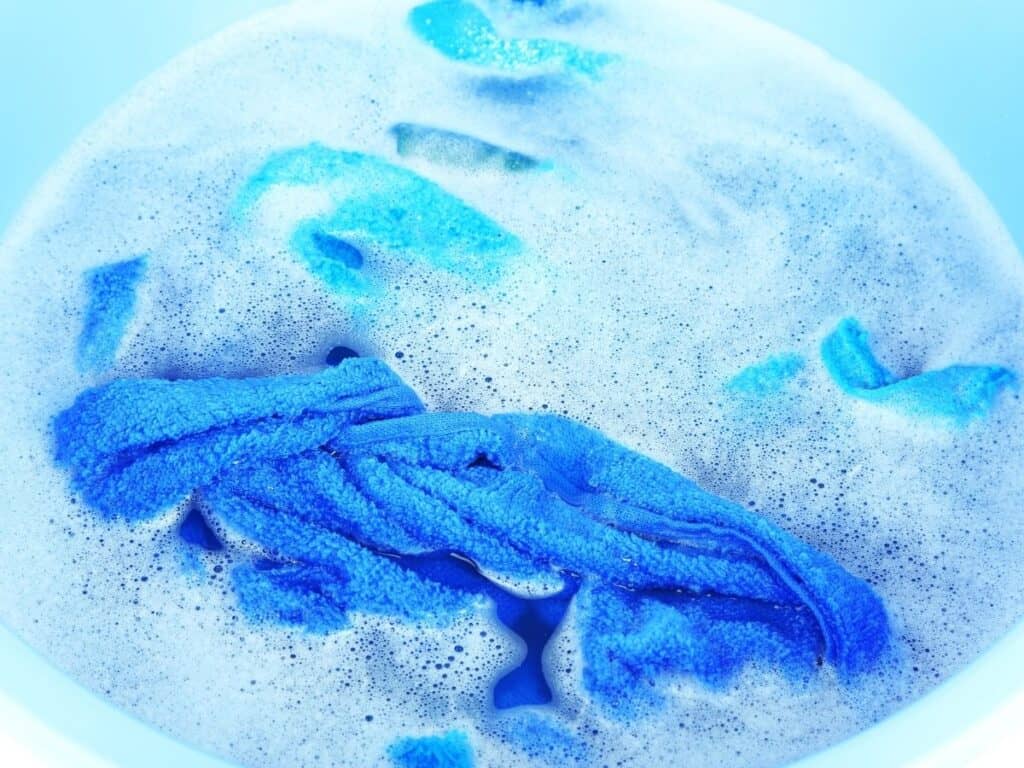
Before putting it in the washer, let it sit for at least 10-15 minutes or as instructed on the stain remover bottle after cleaning and prepping the stained area. You can even toss the garment in the hamper and wash it a day or two later if you use the majority of stain removal products.
With any soap-based solution, though, you wouldn’t want to do this because the soap will almost certainly leave grease marks.
Step 5: Wash like normal
When washing any baby things, be sure to use a detergent designed for use on babies. To remove breast milk stains, use a detergent with enzymes rather than one that has fabric softeners, colors, or scents.
It is preferable to avoid heat at all stages of stain removal when dealing with protein-based stains like breast milk, so be sure to machine wash the item on cold or cool, as directed by the manufacturer.
Step 6: Dry in the sun
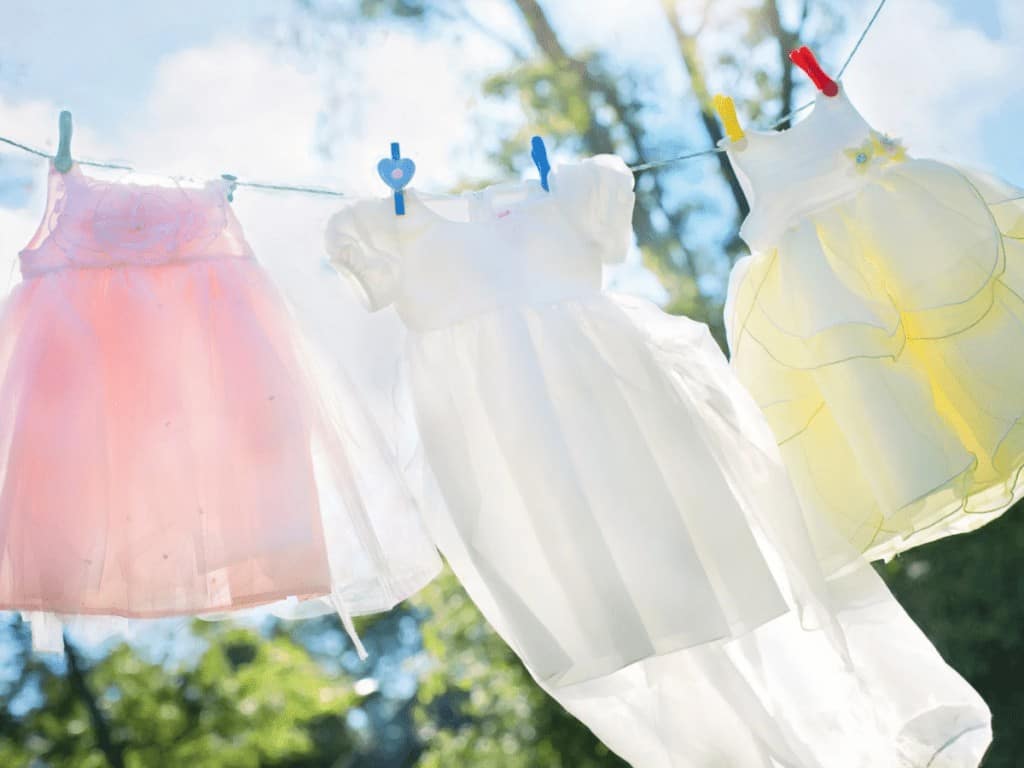
If you can, hang your clothes to dry outside because the sun acts as a natural bleacher. If you can’t do this because you live in a chilly region, hang your dried garments next to a window for a few hours.
To prevent fading, you may want to restrict your clothes’ time in the sun or flip it inside out as it dries.
If you intend to dry your clothes, be sure to first look for any stains that may still be there. If the stain is still present, you should redo it because heat will cause it to set.
Step 7: Soak It in an Oxygen Bleach Solution
Oxygen bleaches, such as OxiClean or Clorox Oxi Magic, work particularly well at removing set-in milk stains. When stains are more persistent, you should soak the clothing in an oxygen bleach solution for an hour to overnight before laundering it.
For newer stains, using oxygen bleach as a booster in the wash alongside your regular detergent can help eradicate stains.
If the fabric is likely to shrink, contains elastic that shouldn’t be exposed to hot water, or if the stain, such as milk, doesn’t respond well to hot water, you don’t need to soak the items in hot water to activate oxygen bleach.
Instead, add the powder to a bigger container of cool soaking water after dissolving it in a scoop of hot liquid. Soaking might take anywhere from an hour to overnight in the sink, tub, or washing bucket, depending on how deeply ingrained the stains are. After soaking, gently wring out the clothing and wash it as normal.
How to Remove Baby Formula Stains From Clothes
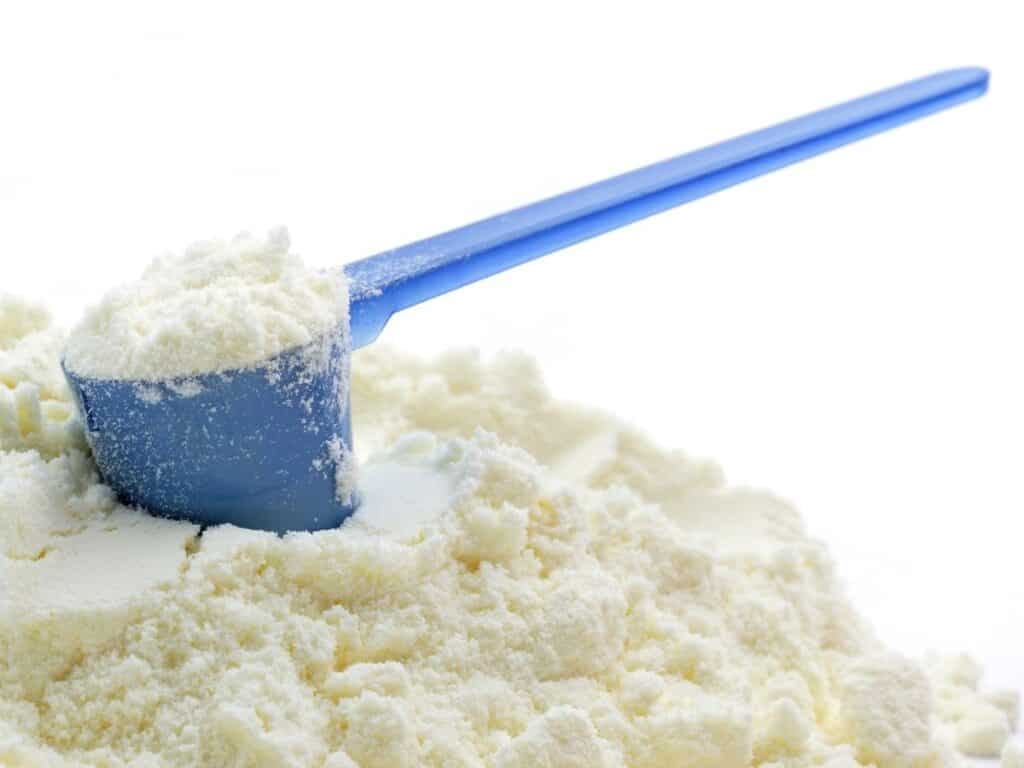
The work of a mother never ends. Even after a mother has fed her child, the little joy of her life can start spitting up the baby formula at any time. It might be rather difficult to get the formula stain out. You’ve no doubt experienced it. You must have tried everything, too. But how can you totally remove the stain?
It can be a little difficult to remove even the best baby formula. You can start using the baby formula stain removal advice you read in this article right now.
Additionally, these suggestions can save you from running out and purchasing expensive cleaning supplies. Read on. You’ll discover how to remove such stains affordably and successfully.
Step 1: Use dish soap
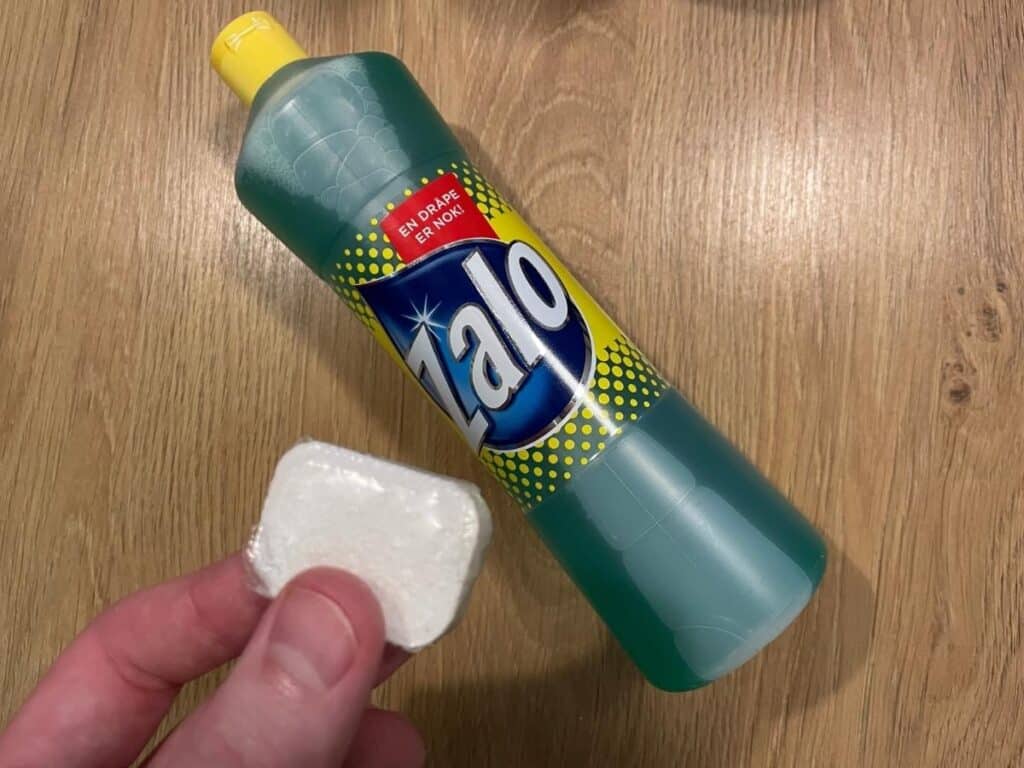
You can use it when you don’t have access to other cleaning supplies. Dish soap essentially removes the formula’s greasy characteristics.
The method:
- You should apply dish soap to the stain’s region before putting your stained garment in the washing machine.
- Spend around 15 minutes letting the dish soap sit on the stain.
- After that, thoroughly rinse the garment in cold water.
- You might wish to repeat this step to ensure a more thorough cleanse.
- After finishing this procedure, place the vestment in a different bucket of cold water.
- Add it to the washing with your other garments after letting it sit for a few minutes.
Step 2: The presoak method
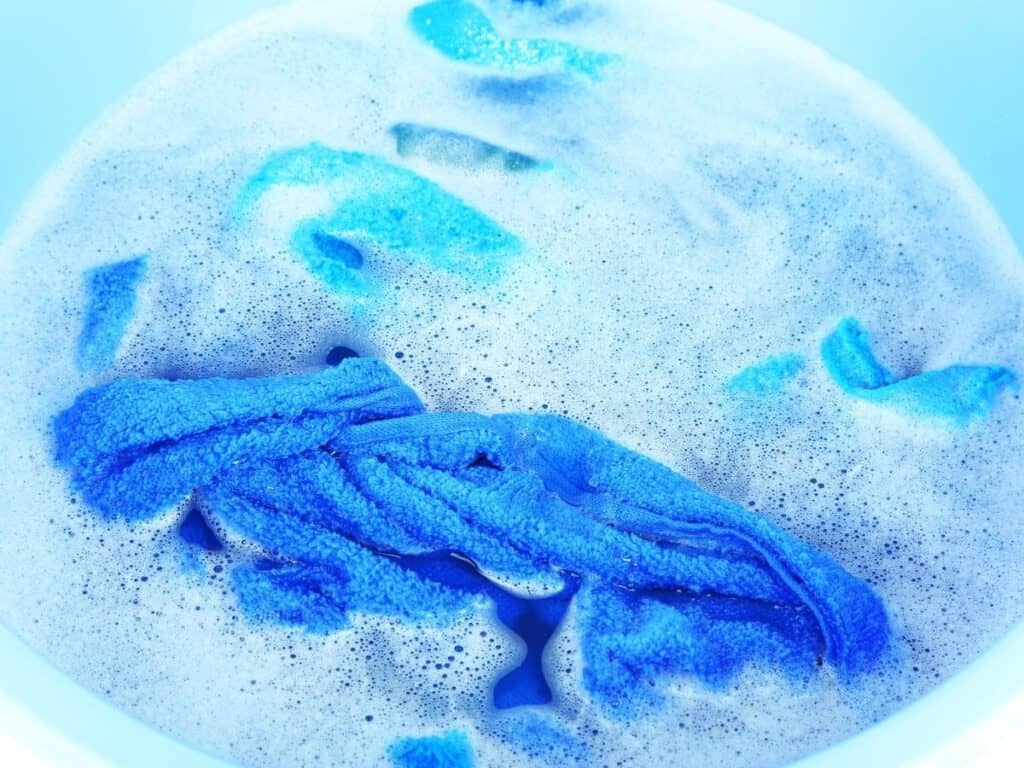
To combat the stain, you can use stain remover cleaning powders (like Oxiclean). BIZ is effective. In such instances, any powered dish soap or enzyme cleaner will work. Hence, stock up!
How to proceed:
- Set the piece of clothing in a bucket of water to soak.
- Water is added along with your cleaning powder.
- You can use the dish soap technique I mentioned earlier before submerging your piece of clothes in water.
- After that, add the cleaning powder next.
- The stain will be partially removed by the dish soap and removed with the aid of the stain removal powder.
I advise you to keep a soak bucket in the kitchen or bathroom so you can immediately dispose of dirty clothes if your child spits up there.
Step 3: Use Lemon Juice for white clothes
Do you have a white shirt that has an old stain on it? Good luck trying to get it off with conventional soap or detergent! You can use lemon juice to get rid of the obstinate yellow stain on the fabric.
After allowing the stained item to soak and washing it, use lemon juice. Next, smear the affected area with enough lemon juice. The fabric should then be left to dry in the sun. The sun and lemon juice will essentially fade the discoloration.
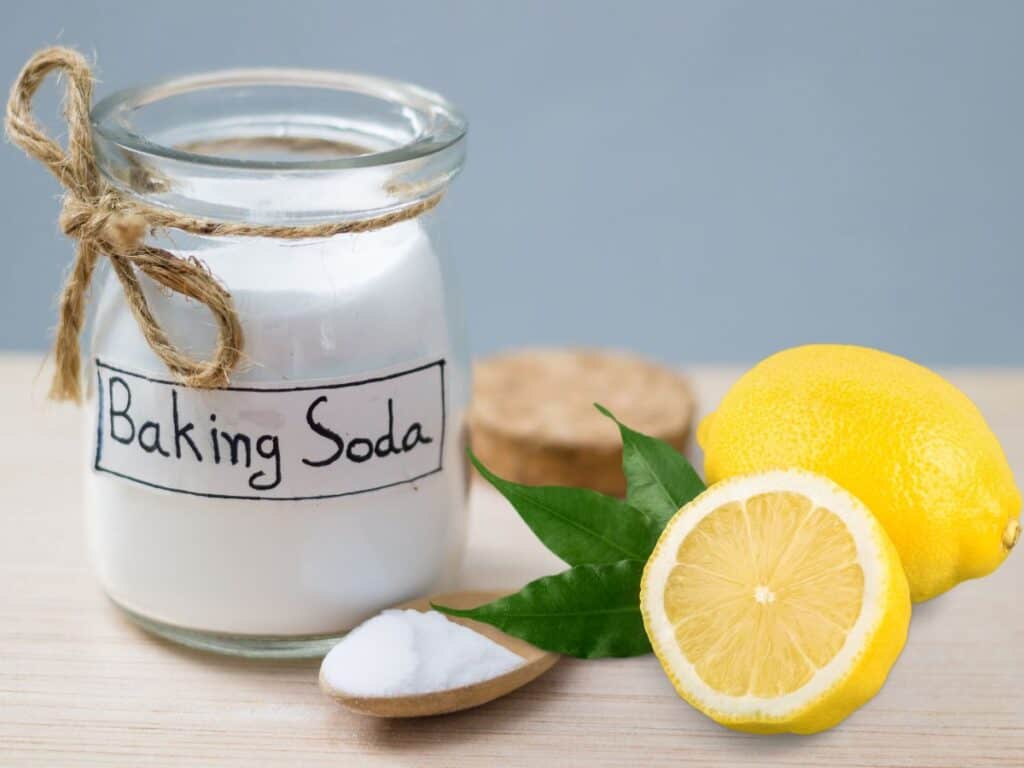
Step 4: Use baking soda
Another great, more conventional approach for removing infant formula stains is provided here. But using baking soda is effective! The fact that formula stains produce a yellow mark is one of their issues.
As soon as your baby spits up, wipe off the formula to stop this yellowing effect. (Gently, obviously. Avoid spreading it into the cloth because removing it will make it more difficult.
After washing the dirty area, add baking soda. Do not be concerned that the formula will turn the other laundry yellow. The discoloration will be removed with baking soda.
Frequently Asked Questions
Does baby formula stain clothes like breast milk?
Yes, because it is based on milk and includes the same proteins as breast milk, baby formula can generate the same stains as breast milk. The same baby washing advice offered here for removing breast milk stains also applies to removing stains from baby formula.
Why Does Breast Milk Leave Such Prominent Stains?
Breast milk is the gift that keeps giving, as you’ll quickly discover. Your baby spitting up breast milk will leave these pronounced yellow stains on their clothing, burp cloths, and blankets.
Breast milk stains are protein-based, just like stains from blood, excrement, and dairy products. They are brought on by materials or fluids that are animal- or human-based.
Protein stains require enzymes to be broken down, quick treatment, and protection from heat. These milk proteins, especially if you store your baby’s garments in an airtight plastic container, might result in stains that show up months to years later if not carefully handled.
Why do my clothes still have yellow stains after washing them?
Opening a box of baby clothing that you have painstakingly laundered and stored only to discover that they have yellow stains, even months after you washed them, may be very upsetting. As you might have suspected, the reason for these puzzling yellow patches is milk protein. The fabric’s protein residue eventually develops a yellow tinge even in an airtight container.
Work to eliminate these stains as you would newly developed stains. Before washing, pretreat, scrub, and soak. Removing these old stains can take more than one wash cycle. Instead of storing baby clothes in sealed containers, think about doing so because the exposure to oxygen helps lessen protein stains.
How do I get breast milk stains out of carpets and upholstery?
As soon as you can, attempt to reach the stain while it is still fresh. First, use a paper towel to blot up any liquid. After that, rub the stain with a mixture of cold water and liquid dish soap.
Keep in mind that protein and fat stains can be avoided by using cold water. To prevent water stains, keep wiping the area with paper towels. To avoid the soap solution leaving a mark behind, remember to rinse the area with plain water last.
Final Thoughts
It takes a lot of work to be a mom, and sometimes they just can’t seem to get anything done. The decision to have a meal with your adorable newborn might transform a moment of leisure into a fabric nightmare.
It can be difficult to attempt to erase these after-stains. But with the advice provided in this article, we’re confident that you won’t experience this issue any longer and that removing these difficult baby formula stains will be simpler. Therefore, this guide will ease your work as a mother in removing those stubborn stains.
Next, you can learn how to make a blanket smell like you, or how to remove blood stains from your clothes.

I’m an expert wardrobe organizer and a bit of a clean freak. I created this website and its YouTube channel to share practical guides about laundry and organizing. My teachings have been featured in multiple large news publications, and I’ve self-published two wardrobe organizing books and an entire course on the subject.

